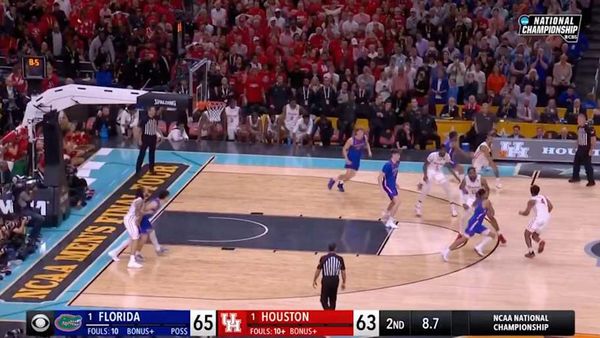
Starting in April 2024, Google will be implementing stricter guidelines for mass email senders. The goal is to protect Gmail users from receiving unwanted mass emails and enhance sender-side security. In a recent announcement, Google warned that senders who do not comply with these guidelines may experience an increase in message rejections.
This crackdown on mass email senders comes after reports of some senders receiving error messages related to messages sent to Gmail accounts. However, Google clarified that these errors were not new, but rather a result of pre-existing authentication requirements.
Beginning in April, Google will gradually increase the rejection rate for non-compliant email traffic. For instance, if 75% of the traffic meets the new email sender authentication guidelines, a percentage of the remaining non-compliant 25% will be rejected. While the specific rejection rate is yet to be announced, Google assured that enforcement of the new rules will be gradual and progressive.
In fact, the implementation of these changes has already commenced, with temporary errors affecting a small percentage of non-compliant email traffic this month. Additionally, bulk senders will need to incorporate one-click unsubscribe functionality in all commercial and promotional messages by June 1.
It is important to note that these guidelines exclusively apply to bulk emails sent to personal Gmail accounts. To avoid sending unwanted or unsolicited email, mass email senders (defined as those sending at least 5,000 messages per day to Gmail accounts) will be required to authenticate outgoing emails. This authentication applies to the primary domain and includes all subdomains associated with that domain. Once a domain reaches the 5,000 message threshold, it will be considered a permanent bulk sender.
However, these guidelines do not impact messages sent to Google Workspace accounts. Nonetheless, all senders, even those using Google Workspace, must meet the new requirements to ensure email security and user control.
When asked about the motive behind these guidelines, a Google spokesperson emphasized the desire to boost sender-side security and increase user control over their inbox. This move aims to establish trust between email recipients and senders, mitigating the risk of phishing attacks that often exploit authentication vulnerabilities. Ultimately, meeting these requirements should help senders effectively reach their target audience while minimizing the risk of spoofing and hijacking by malicious actors.
In conclusion, Google's new guidelines for mass email senders represent a significant step towards enhancing email security and protecting Gmail users. By implementing stricter authentication requirements and gradually increasing message rejections for non-compliant senders, Google aims to prevent unwanted mass emails and phishing attempts. Adhering to these guidelines will not only benefit recipients but also improve the effectiveness of legitimate senders in reaching their intended audience.







